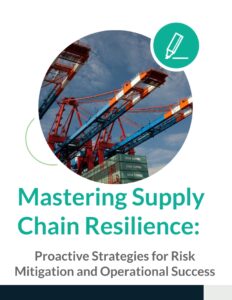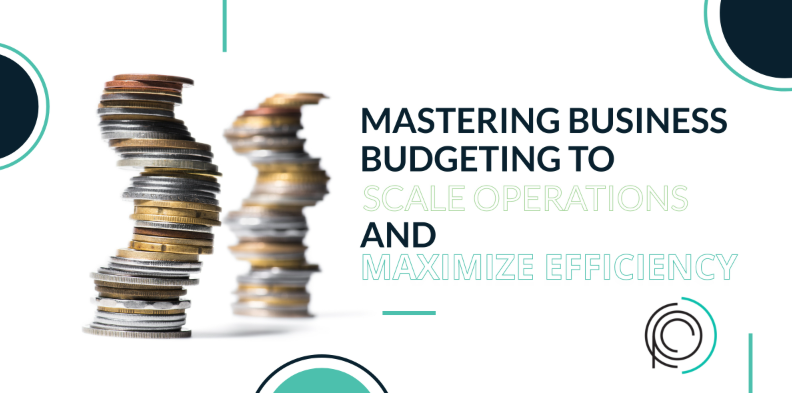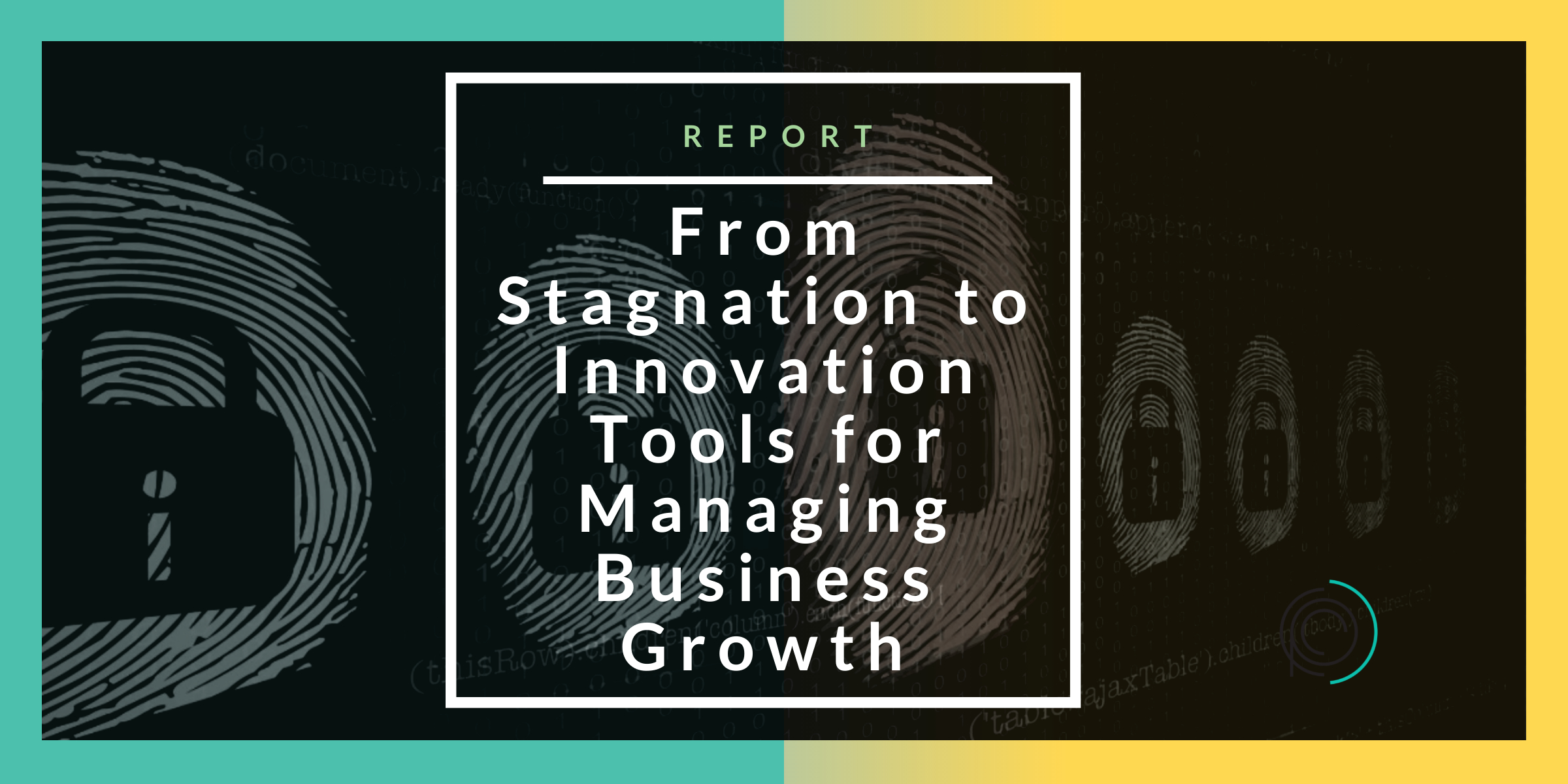Businesses are tirelessly seeking ways to minimize expenses while maximizing output, ensuring long-term sustainability and profitability. This dual focus not only enhances operational efficiency but also ensures long-term sustainability and profitability. In this article, we will dive into five operationally driven cost-saving strategies that can empower your business to thrive, even amidst fierce competition. Each strategy will be explored in detail, highlighting practical steps and real-world examples to illustrate how they can effectively be implemented. By adopting these approaches, you can streamline operations, reduce waste, and ultimately boost your bottom line.
-
Optimize Supply Chain Management
Streamlining Supplier Relationships
The supply chain is the backbone of any business, playing a crucial role in ensuring that products are delivered efficiently and cost-effectively. Maintaining a streamlined relationship with suppliers can significantly reduce costs and enhance operational efficiency. To achieve this, consider negotiating with suppliers for better rates or bulk purchasing discounts, which can lead to substantial savings over time. Regularly reviewing supplier performance and exploring options for long-term partnerships can create a more predictable and stable supply chain, allowing businesses to better forecast their needs and respond to market fluctuations. Moreover, open communication and collaboration with suppliers can foster innovation and improve product quality, ultimately benefiting your business in the long run. Establishing strong relationships with key suppliers not only enhances supply chain efficiency but also contributes to a more resilient business model.
Enhancing innovation and competitiveness
Embrace supplier diversity as a strategic advantage. By sourcing from a diverse range of suppliers, including minority-owned, women-owned, and small businesses, companies can foster innovation and drive competitive differentiation. Diverse suppliers often bring unique perspectives and solutions, helping companies to better address the varying needs of their customer base. Moreover, leveraging a diverse supply chain can reduce risks associated with dependency on a limited number of suppliers. Implementing a supplier diversity program can not only enhance brand reputation but also open doors to new markets, ultimately positioning your business for greater profitability.
Leverage technology for inventory management
Implement advanced inventory management systems that leverage the power of IoT, AI, and machine learning. By connecting various devices and sensors, these systems can collect real-time data to predict demand trends with remarkable accuracy, allowing businesses to avoid the pitfalls of overstocking or stockouts. This not only optimizes inventory levels but also enhances customer satisfaction by ensuring that products are available when needed.
Additionally, automated reordering processes can significantly reduce the labor costs and human errors associated with manual inventory control. With smart algorithms continuously analyzing sales patterns and market fluctuations, your system can automatically trigger orders when stock reaches a predefined threshold. This streamlined approach not only saves time but also allows your team to focus on more strategic tasks, ultimately driving efficiency and profitability in your operations.
Adopt just-in-time (JIT) inventory
Just-in-time (JIT) inventory management is a strategic approach that can drastically cut costs by minimizing the amount of capital tied up in unsold stock. By aligning inventory levels closely with actual demand, businesses can avoid the pitfalls of overstocking and reduce waste. This method requires precise demand forecasting, which involves analyzing market trends, customer behavior, and seasonal fluctuations to accurately predict what will be needed and when. Additionally, establishing a strong relationship with reliable suppliers is crucial, as JIT relies on timely deliveries to keep inventory levels optimized. While implementing JIT can initially be challenging, the long-term benefits often include significant savings on storage and handling costs, improved cash flow, and enhanced operational efficiency, ultimately leading to a more agile and responsive supply chain.
-
Implement Lean Manufacturing Principles
Eliminate waste through lean processes
Lean manufacturing principles prioritize minimizing waste while maintaining or even enhancing productivity levels. To effectively implement these principles, it’s crucial to begin by thoroughly analyzing your operations to identify specific areas where resources—such as time, materials, or labor—are being wasted. This could involve examining production workflows, inventory management, and employee tasks to uncover inefficiencies.
Once these wasteful practices are identified, the next step is to streamline these processes. This can be achieved by implementing techniques like value stream mapping to visualize workflows, adopting just-in-time inventory systems to reduce excess stock, and providing training for employees to enhance their skills and awareness of efficiency. The goal is to ensure that every step taken in the production process adds tangible value to the final product, ultimately leading to a more efficient operation that benefits both the company and its customers.
Continuous Improvement and Employee Involvement
Fostering a culture of continuous improvement is crucial for any organization aiming for long-term success. This involves not only encouraging employees to embrace change but also actively involving them at all levels, from entry-level staff to management. By creating an environment where team members feel empowered to identify inefficiencies within their workflows, organizations can tap into a wealth of insights and suggestions for improvement.
Implementing regular brainstorming sessions or feedback forums can encourage open dialogue about operational challenges. In addition, it’s important to establish a structured process for reviewing and refining workflows based on employee feedback and performance data. This ongoing assessment should include measurable goals and key performance indicators, ensuring that improvements are tracked and celebrated. By prioritizing employee involvement in continuous improvement initiatives, organizations can enhance productivity, drive innovation, and foster a sense of ownership among their workforce.
Utilize value stream mapping
Value stream mapping is a powerful visual tool that illustrates the flow of materials and information throughout the production process. By mapping out each step, this technique helps identify bottlenecks, inefficiencies, and non-value-adding activities that slow down operations. It provides a comprehensive view of how resources are utilized and highlights areas that require improvement. Through this detailed analysis, organizations can develop a clear path for process optimization, enhance productivity, and achieve significant cost reduction, ultimately leading to better quality and faster delivery times. Embracing value stream mapping can revolutionize the way teams approach their workflows and drive continuous improvement within the organization.
-
Enhance Energy Efficiency
Conduct an Energy Audit
Energy usage is often overlooked or viewed as the cost of doing business however, conducting an energy audit can reveal critical areas where your business is consuming excessive energy. By hiring qualified professionals who specialize in energy assessments, you can gain valuable insights into your current energy usage patterns and identify opportunities for improvement. During the audit, these professionals will analyze various aspects of your operations, including heating, cooling, lighting, and equipment efficiency.
Implementing their recommendations can lead to significant cost savings and environmental benefits. For instance, upgrading to energy-efficient lighting, such as LED bulbs, can not only reduce your energy bills but also improve the quality of light in your workspace. Similarly, replacing outdated machinery with modern, energy-efficient equipment can enhance productivity while lowering energy consumption. Overall, conducting an energy audit is a proactive step toward making your business more sustainable and financially viable in the long run.
Address repairs and building improvement
To enhance energy efficiency and comfort in your space consider addressing some much-needed repairs to your existing structure. Upgrading insulation not only helps maintain a consistent indoor temperature but also reduces energy costs over time. Additionally, implementing building improvements can increase property value and create a healthier living environment by minimizing drafts and moisture. Prioritizing these upgrades is a smart choice for long-term savings and sustainability.
Implement smart building technologies
Adopting smart building technologies is essential for optimizing energy use in your facilities. Smart thermostats, for instance, utilize advanced sensors and algorithms to learn occupancy patterns and adjust heating and cooling accordingly, ensuring comfort while minimizing energy consumption. Automated lighting systems can dim or turn off lights in unoccupied areas, further contributing to energy efficiency. Additionally, energy management software provides real-time data analytics, enabling facility managers to monitor energy usage trends and identify opportunities for savings. By implementing these technologies, organizations can not only reduce waste and lower operational costs but also contribute to a more sustainable future. Embracing smart building innovations is a proactive step toward creating a more efficient and environmentally friendly workspace.
-
Outsource Non-Core Activities
Identify non-core business functions
Begin by assessing your organization’s activities to distinguish which are essential to your core business and which can be strategically outsourced. It’s crucial to recognize that not all functions need to be managed in-house. Functions like payroll, IT support, and customer service can often be more cost-effective and efficient when managed by specialized external providers who possess expertise and resources that may not be feasible for your business to develop internally. By outsourcing these non-core functions, you free up valuable time and resources, allowing your team to focus on what truly drives your business forward. Additionally, this approach can lead to improved service quality and scalability, as external providers are often better equipped to handle fluctuations in demand.
Choose the Right Outsourcing Partner
Selecting a reliable outsourcing partner is a crucial step in ensuring the success of your business. It’s important to thoroughly research potential providers, looking for those with a proven track record and demonstrated expertise in the specific services you require. Consider their industry experience, client testimonials, and case studies that showcase their ability to deliver results. Establishing clear agreements upfront is essential; this includes outlining the scope of work, timelines, and performance metrics. Additionally, maintain regular reviews of their performance to ensure you’re getting the best value and to address any issues early on. Building a strong relationship with your outsourcing partner can lead to improved collaboration and better outcomes for your projects.
Streamline Routine Processes
Automation is key to boosting efficiency by simplifying repetitive tasks that waste time and resources. Identify processes in your organization that are repetitive, such as data entry, report generation, and customer response management. By using automation tools, these tasks can be done with minimal human involvement, reducing errors while increasing speed and consistency. Automation increases productivity and also allows employees to focus on more strategic initiatives that drive business success.
Implement Workflow Automation Solutions
Consider adopting workflow automation solutions that enable seamless handoffs between functions and eliminate bottlenecks. Tools for automated notifications, task assignments, and approvals can lighten the administrative load on staff and improve team communication. Additionally, robotic process automation (RPA) can handle complex, data-heavy tasks like processing invoices or managing inventory, driving operational efficiency and lowering costs.
-
Invest in Employee Training and Development
Reduce turnover with ongoing training
Investing in continuous training and development can significantly reduce employee turnover, which is often a hidden cost in many businesses. High turnover rates can disrupt team dynamics, lead to increased recruitment costs, and hinder overall company performance. By providing ongoing training, companies not only equip employees with the skills necessary to excel in their roles but also demonstrate a commitment to their professional growth. Well-trained employees are typically more efficient, productive, and loyal to the company, as they feel valued and invested in their own development. This creates a positive work environment and fosters a culture of learning and collaboration, ultimately benefiting both the employees and the organization as a whole.
Develop in-house talent
Cultivating a culture of internal promotion by developing in-house talent is a powerful strategy for any organization. By investing in the growth and development of current employees, companies can create a more engaged and motivated workforce. This approach not only saves on recruitment costs, which can be significant, but it also ensures that promoted employees are already familiar with the company’s operations, values, and culture. Furthermore, when team members see opportunities for advancement within the organization, it enhances morale and encourages loyalty, reducing turnover rates. Developing in-house talent fosters a sense of belonging and commitment, ultimately leading to a more cohesive and productive team.
Conclusion
Incorporating cost-saving strategies into your business operations is not just about cutting expenses—it’s about building a more efficient, resilient, and profitable organization. By optimizing your supply chain, implementing lean manufacturing principles, enhancing energy efficiency, outsourcing non-core activities, and investing in employee development, you can achieve significant cost reductions without compromising on quality or performance.
These strategies require careful planning and execution but can lead to substantial, long-term benefits for your business. If you’re ready to take the next step in optimizing your operations, consider consulting with industry experts or reaching out to professional advisors who can provide tailored advice and support.
Remember, every dollar saved directly impacts your bottom line, giving you more resources to invest in growth and innovation. Start implementing these strategies today and watch your business thrive.
For more tips and resources on optimizing business operations, subscribe to our newsletter and stay updated with the latest industry insights and best practices.







